The Gift of South Dakota
Subscriptions to South Dakota Magazine make great gifts!
Subscribe today — 1 year (6 issues) is just $29!
Accidental Rancher
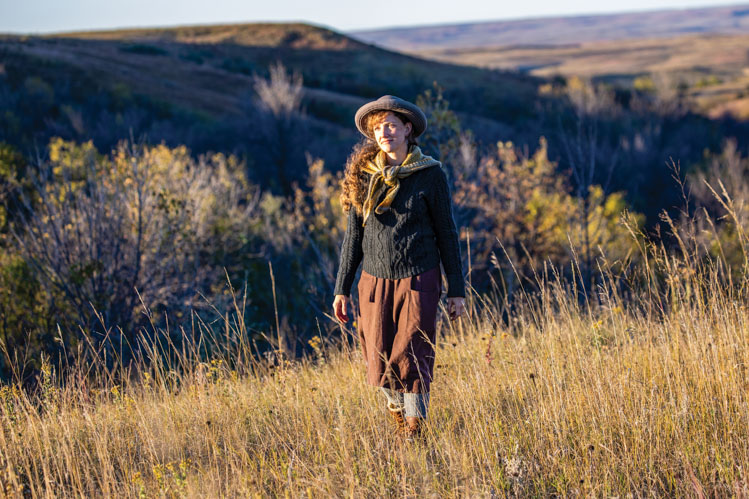 |
| The view from the north pasture on Eliza Blue's ranch west of Bison. Photo by Christian Begeman. |
South Dakota was supposed to be just another stop on Eliza Blue’s journey through life. The singer/songwriter had lived in Minneapolis, New York City and Portland, Maine. Then, about 10 years ago, she found herself in Perkins County, a self-professed urbanite gaining a small taste of rural life. Where she might have gone next, we’ll never know. She met and married a local rancher, and proceeded to fall in love with the land, the sky and all the joys and sorrows of West River life.
These days, she’s busy raising two children and tending to a menagerie of chickens, goats, sheep, cows and cats on the ranch west of Bison. Still, she manages to find time to contemplate and write about life on the Plains — the devastation of drought, the sense of community, the closeness of death and the wonderment of nature.
South Dakota Magazine collected several of these stories in a book called Accidental Rancher, released one year ago. The glimpses into Blue’s world are poignant and written with the uniquely lyrical perspective of a folk singer turned modern-day homesteader. Readers find themselves with Blue in her laundry room feeding bum lambs, following the antics of a rooster named Fancy Pants or, as in this excerpt called “Pigeons,” teaching her young son, affectionately called the Bean, about the miracle of life.
Pigeons
In the midst of several of our old outbuildings stands a grain bin. Years ago, a spring storm ripped two of the roof panels loose, the rain soaking and spoiling the small amount of grain pellets left inside. Since we run a predominantly grass-fed operation, it wasn’t a great loss, and fixing the roof didn’t rank high on our perennially insurmountable to-do list. So the grain bin, and the few inches of grain inside, have been left untouched by human hands.
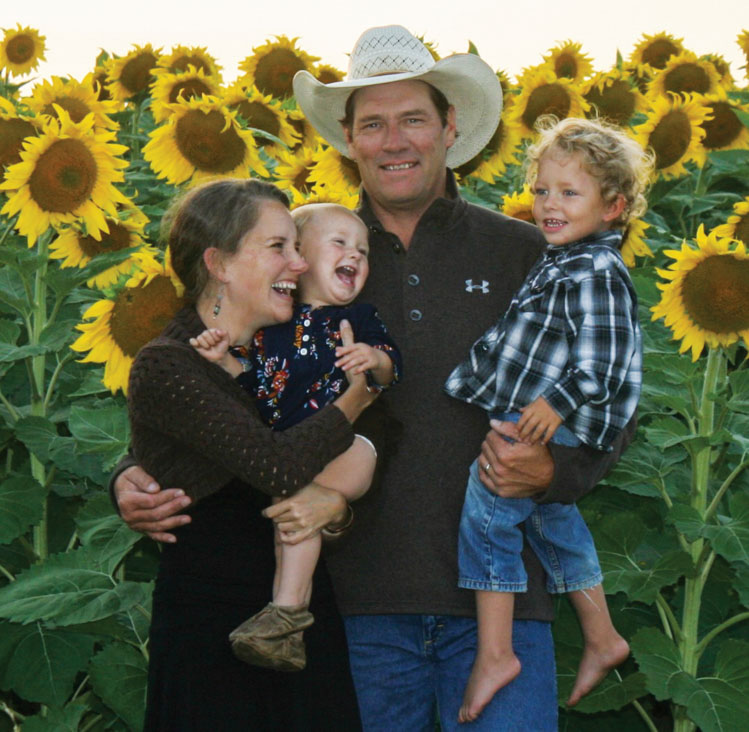 |
| Blue with her husband, Max Loughlin, and children Wesley and Emmy Rose, aka "The Bean" and "Roo." |
Who wants an abundant supply of grain, housed in a predator-free location, accessible only from the air? Pigeons, we discovered one day this summer, when my curious son asked to see what was inside the bin. The sound of the creaking door frightened them, and the small flock that now calls the grain bin theirs came exploding through the holes in the roof in a flurry of squawks and beating wings, frightening us as well.
That did not dissuade us from peeking inside, however, where we found, in addition to feathers and poop, several tiny nests, each holding a rosette of gleaming white eggs.
The Bean is an avid bird watcher and also a big fan of hunting for chicken eggs, so for the rest of the summer, we couldn’t pass the grain bin without a request to check on the nests. From time to time I’d humor him, and we’d crack open the metal door for a quick peek. Thus, we got to watch several of the eggs hatch and then transform from nestlings into fledglings.
One day, however, when we peered in, I could tell something was awry. A mother pigeon, thinking herself quite clever, had laid her eggs inside the large plastic bucket used as a scoop when the bin was still in service. The high walls of the scoop had hidden the babies from our view, and now, half-grown and ready to meet the world, they were too big to spread their wings in the cramped circle of the scoop, and were permanently trapped.
I crept in as quietly as I could, and turned the bucket over gently. The birds tumbled out. Two righted themselves and wobbled limply away from me, their panic evident, but the third, its muscles too atrophied to carry its own weight, couldn’t walk at all, and lay fluttering weakly with fear.
“Babies,” said the Bean. “Big babies.”
“Yes,” I replied, “but we better leave them be. They are so scared.”
The next day, the Bean asked to see them again, and I had to admit, I wanted to see them, too. I feared the worst, however. Indeed, one of the babies was dead, never having moved from where we’d last seen it. The other two were huddled against the tin wall of the bin, pressed hard against each other. Their terror was plain, and the Bean made no protest as I closed the door, saying, “They are still too scared.”
This continued for a few days. Each day I grew more certain we would find the two remaining babies dead, but each day, they looked about the same; hunched and miserable, not moving much. I considered trying to borrow a birdcage and taking them out of the bin, but I worried it would be too much for the poor creatures. It seemed it wasn’t just their muscles, but their spirits that were stunted. They were living in pigeon heaven, but they were slowly dying because they didn’t know how to do anything else.
I also wasn’t sure if they had any source of hydration. Presumably their mother was in charge of that, but these two were nearly full-grown, and I wondered if the period of depending on the flock for sustenance had expired.
Just in case, the next time we visited, I brought them a little fresh water in a plastic dish. As I laid it inside, they scuttled away from me, the first movement we’d seen since I’d freed them. I closed the door, and thought, “Well, it’s progress.” And I finally had an idea of how to help them.
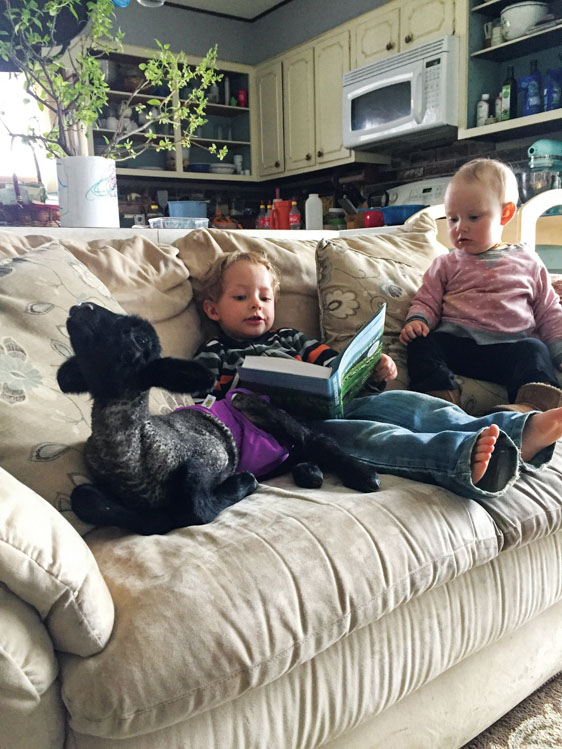 |
| Wesley reads to his sister and an injured lam that is recovering indoors. |
When we returned the following morning, I brought water and a large stick. The day after, more water and another stick. I didn’t really have a plan, but I figured seeing new things might wake up their brains a little. The Bean would wait at the door, guarding against barn cats and dogs, while I followed the babies around for a few minutes, forcing them to explore the new objects we’d brought. They grew stronger and more agile with every visit, until, four days in, one of the birds hopped, wings fluttering, onto the crook of a branch. She perched there for a moment, teetering slightly. I looked back at the Bean, who was peeking through the crack in the open door. He smiled wide, and neither of us made a sound while the pigeon wrapped her tiny toes around the branch, testing for the first time how it felt to leave the ground.
And then one day when I entered the bin, instead of simply hopping, both birds spread their wings, and slowly, so slowly they seemed to be defying physics, they both pulled themselves into the air. One landed a few seconds later with a bounce, but the other drifted for a moment, circling my head in slow motion, reaching and pulling, reaching and pulling, until she was at the hole in the roof, and then outside it.
I rushed out, picking up the Bean as I scurried past. “Did you see her? Did you see her?” I asked him.
“Baby bird flying!” He shouted in reply. We circled the grain bin, looking for the baby. I was scared she had fallen into the grass, easy prey for cats, but instead she was perched on the circular rim of the bin, head cocked, scanning the horizon.
She peered up for a few more seconds, the whole world a giant bowl over her head, before ducking down and diving back into the safety of the bin. The Bean, his eyes as blue as the sky, turned to me, and said, “Baby bird, not a baby anymore.”
I often fear I am a foolish woman. Sometimes I know that I am. Like when I am climbing into a stinky, old grain bin to chase sensory-deprived baby pigeons around. But every once in awhile my foolishness pays off. How else would I have gotten to see the look that appears on a small boy’s face when he sees a fledgling bird fly for the first time? The look of surprised delight as he falls a little more in love with the world and all its wonders.
For my part, I value the reminder that small kindnesses are rarely small and learning to fly comes in many forms.
Editor’s Note: Accidental Rancher is available for $14.95 plus shipping and handling. This excerpt is revised from the May/June 2020 issue of South Dakota Magazine. To order a copy or to subscribe, call (800) 456-5117.


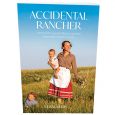
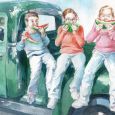
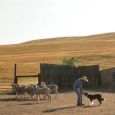





Comments
Grandfather homesteaded less than 50 miles from your place Just off ludlow road and sd 79. He and his wife are buried at peace valley Lutheran
Church. I am buying your book. I love you already!
SD in SC-Jeff